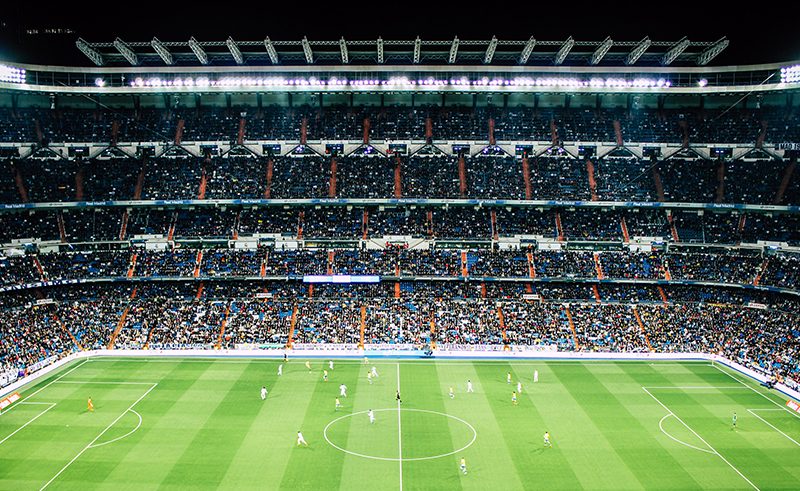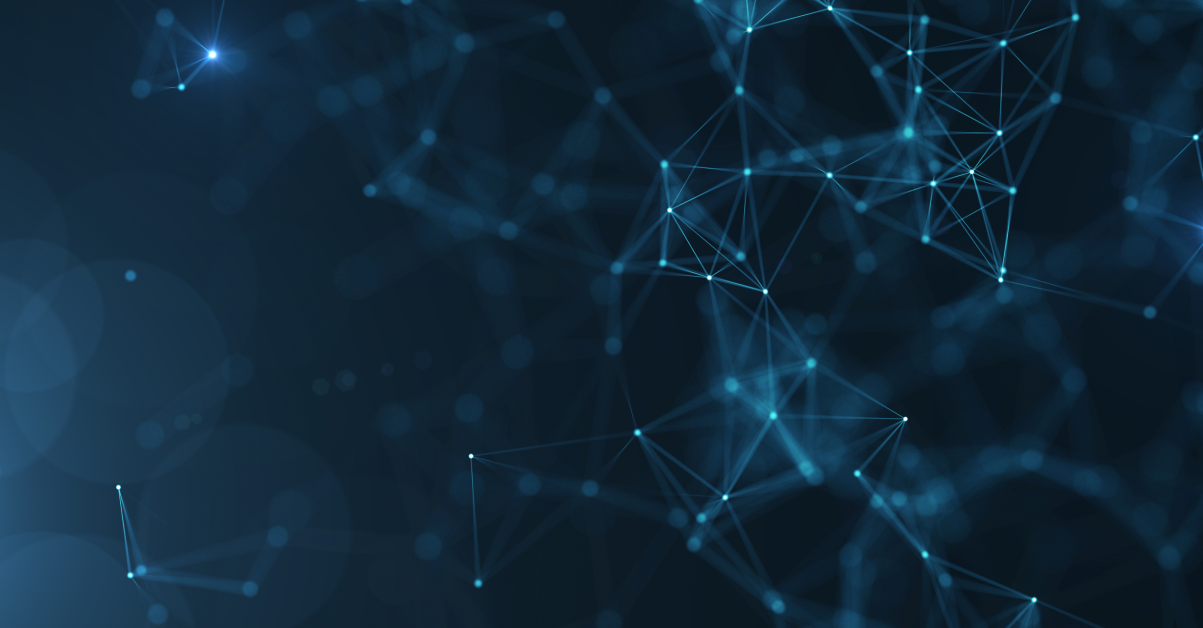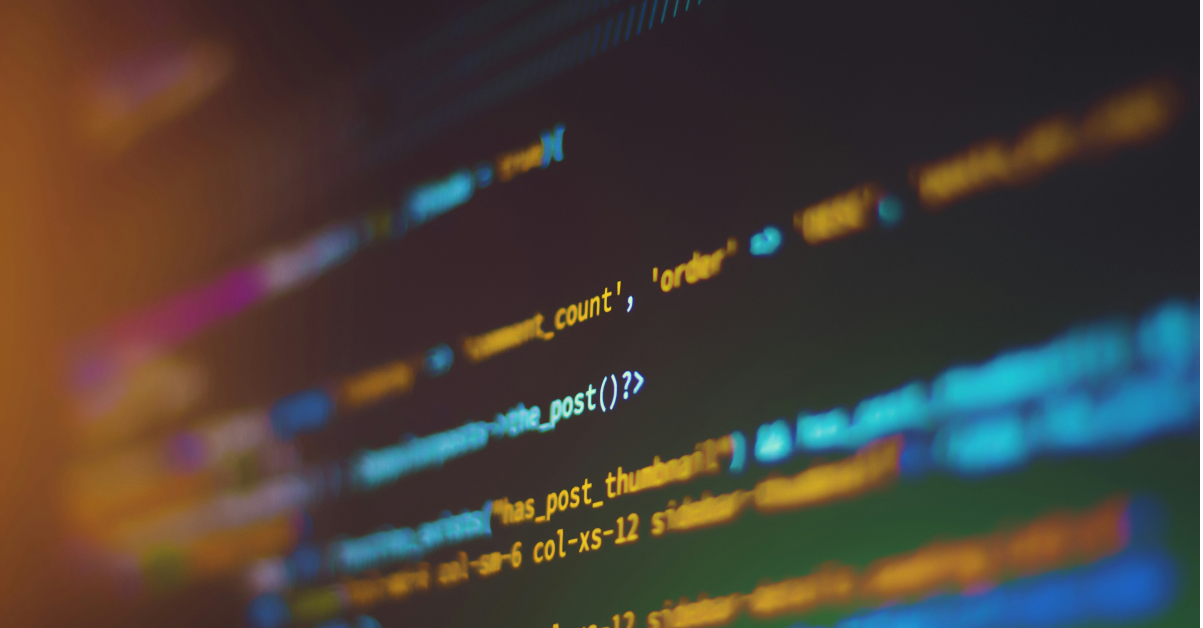Until relatively recently, the concept of artificial intelligence seemed like an abstraction straight out of a sci-fi novel. Today, its use is standard in almost all existing industries. What is more, algorithms do not only help us with tedious and repetitive tasks. Artificial intelligence is increasingly being harnessed to more unusual tasks. In this text we will present four unusual examples of AI applications that you may not have known about.
The heart of Iker Casillas
Wednesday morning, May 1, 2019. Iker Casillas had just taken part in FC Porto's training session when he suddenly felt a sharp stab in his chest. After being transported to the hospital, he heard the diagnosis - myocardial infarction. The career of one of the best goalkeepers in the world came to an end, but the footballer quickly took on a new challenge - to contribute to the development of early detection technologies for heart attack risk. So he soon started a partnership with the company Idoven.
 It turns out that about 300 million ECGs are analysed manually each year around the world. Idoven's goal was to create a solution that could do this massive work in less than a second. This would give the ability to respond to any heart abnormality in an instant. The Spanish goalkeeper actively supported Idoven's efforts, and the work of the specialists resulted in an algorithm that allowed the analysis of electrocardiograms in real time. This technology has increased the speed and efficiency of detection of cardiopathies and arrhythmias. Today it is used for early diagnosis of heart disease and prevention of its progression.
It turns out that about 300 million ECGs are analysed manually each year around the world. Idoven's goal was to create a solution that could do this massive work in less than a second. This would give the ability to respond to any heart abnormality in an instant. The Spanish goalkeeper actively supported Idoven's efforts, and the work of the specialists resulted in an algorithm that allowed the analysis of electrocardiograms in real time. This technology has increased the speed and efficiency of detection of cardiopathies and arrhythmias. Today it is used for early diagnosis of heart disease and prevention of its progression.
See ancient Olympia
The achievements of the ancient Greeks belong to the worldwide cultural heritage. The thought of the Hellenes is immortal, but on their material achievements has left its mark inexorable time. While admiring ancient ruins we ask ourselves a question: how could they have looked like in their glory days? It turns out that artificial intelligence can also help us answer this question.
Olympia, where many centuries ago the Olympics took place and from where the famous relay still starts, became today the place of realization of an unusual project combining archaeology and meta-reality. Microsoft, in collaboration with the Greek Ministry of Culture and Sports, has taken on the task of virtually reconstructing Olympia with the help of AI algorithms. The goal is to recreate the city from over 2,000 years ago. The first step is to take thousands of photos of the ruins and terrain of Olympia.
The task of artificial intelligence will be to assemble them like a 3D puzzle into a photorealistic model. In this way, 27 monuments will be "rebuilt", including the Olympic Stadium, the temples of Zeus and Hera, and the workshop of the famous sculptor Phidias. In the Olympic Museum in Athens, a special exhibition will be created, where thanks to the HoloLens 2 smart glasses we will visit the finished three-dimensional model. The effects will also be viewable via the Internet, via the project website and mobile application.
AI translates official letters
Efficient offices are essential for the functioning of any state. Therefore, it is not surprising that the effective functioning of the administration is supported today by artificial intelligence. An example are self-learning algorithms that enable translation of official letters. Such technologies have been introduced, for example, by the United States, bilingual Canada, or the European Union, where the AI-based project The EU Presidency Translator has been developed since 2015.

However, India uses the solution to the widest extent. This country has as many as 22 official languages, and this greatly complicates the decision-making process at the national level. For this reason, the Indian government has implemented a translation system based on artificial intelligence. It turns out that the tool achieves up to 90 percent accuracy in translation into nine vernacular languages: Marathi, Hindi, Kannada, Tamil, Telugu, Punjabi, Gujarati, Malayam and Bengali.
PizzaHut, weather and artificial intelligence
Widespread digitization and the development of the so-called "Internet of Things" have completely changed the IT reality. Changes in the environment are detected by thousands of devices equipped with sensors, while countless applications collect information about users every day. Analysis of unimaginable amounts of data collected in this way and their interrelationships is definitely beyond human capabilities. For artificial intelligence, however, this is not a problem. Interpretation of trillions of terabytes of externally sourced data takes its algorithms a few moments, thanks to which it is extremely effective in detecting relationships between seemingly unrelated information. More and more often this is used to adjust and optimize the offer for customers.

An interesting example of this is PizzaHut. For the needs of this one of the world's largest restaurant chains, an AI tool was developed that explores the relationship between where a customer orders a pizza and the weather conditions there. Tristan Burns, head of data analytics at Pizza Hut Digital Ventures, said, Part of our machine learning program is to take customer behavior and match it with information about who they are, where they are, what the weather is like in their location and how it affects the number and type of orders. In short, it is predicting customer expectations with the help of artificial intelligence.
Summary
Each of the examples listed here may surprise you, but the spread of artificial intelligence makes the existence of similar tools more and more often taken for granted. In Numlabs we observe this process on a regular basis. Systems created by us using computer vision or sentiment analysis are used, among others, in sales and marketing - industries that everyone has contact with on a daily basis. If you are interested in details, take a look at posts devoted to: face recognition or automatic customer satisfaction analysis




